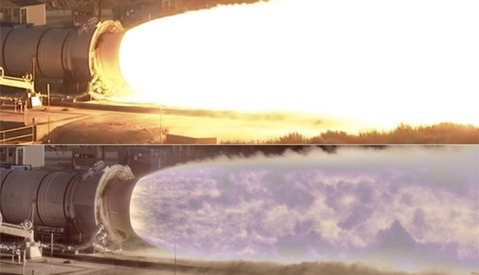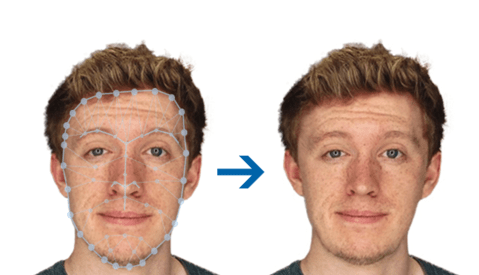Earlier this week, the largest moon of almost 70 years could be seen around the world. This "supermoon," as it is being hailed, occurred after it appeared 222,000 miles from Earth — to put it into perspective, that's some 30,000 miles closer than the most distant point it ever pops up. According to NASA, that caused it to appear 14% bigger and 30% brighter than what we’re used to. Naturally, photographers everywhere were out in full force trying to grab the best photo. But one image in particular is garnering attention after making NASA’s Astronomy Picture of the Day.

































